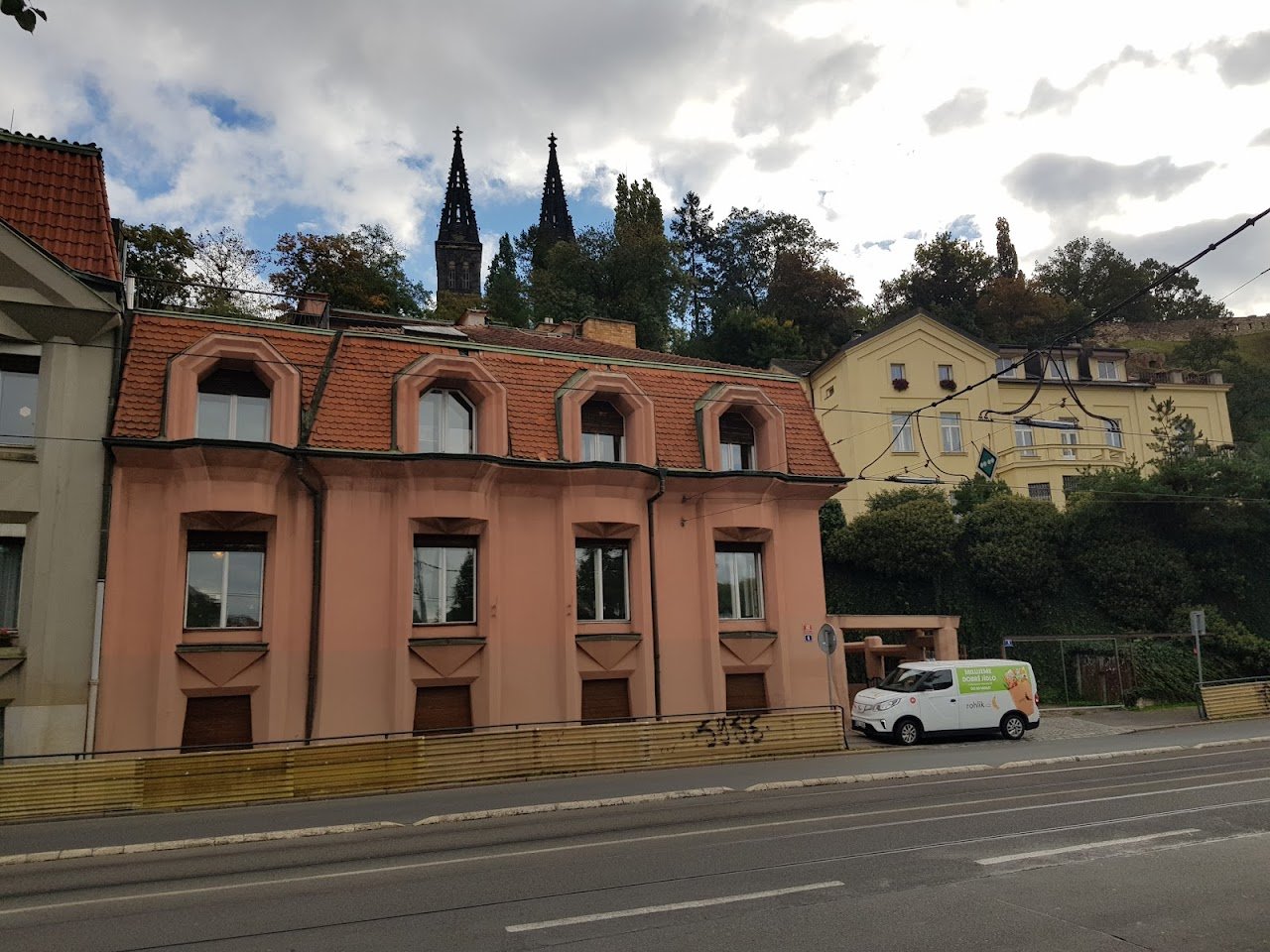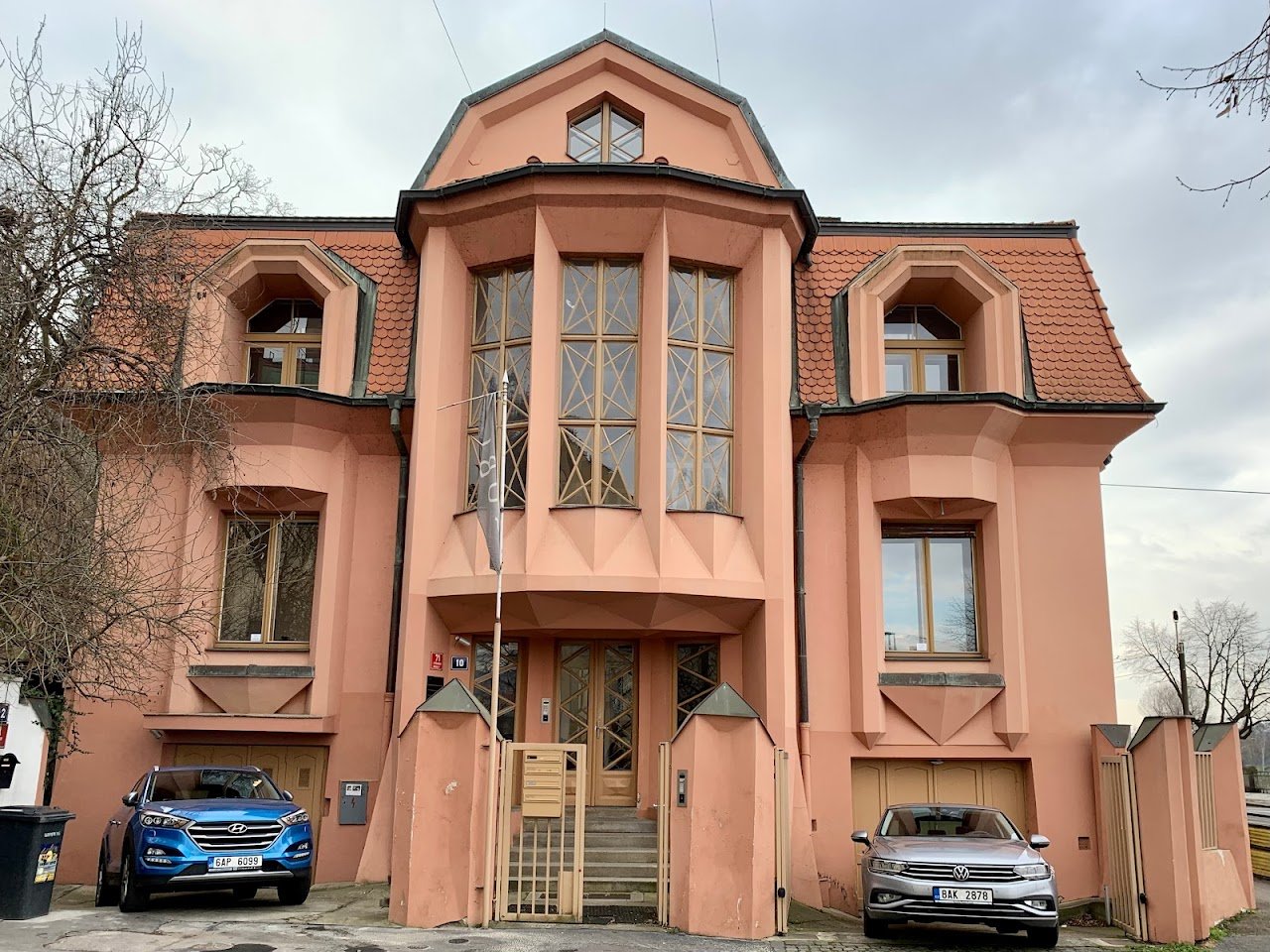Three Cubist Houses



What people say
Pedro Pereira
Available for hire
"When viewed from the Vltava River, Vyšehrad is distinguished by its imposing church towers and massive walls, which were constructed in the mid-17th century. This fortification arose from the realization that the medieval walls could not withstand the advancements in weaponry, particularly cannons. Consequently, the entire Vyšehrad complex was transformed into a fortress at the turn of the 17th and 18th centuries.
As Prague evolved, the strategic importance of these walls diminished. The establishment of Masaryk Station in 1845 necessitated the creation of gates in the walls to allow train access to the city, which were secured with bars at night. By 1860, discussions about demolishing the walls emerged; however, remnants can still be observed throughout Prague today.
Vyšehrad Fortress has become one of Prague's most popular attractions, although it nearly faced demolition in the early 20th century for urban development. This would have mirrored earlier demolitions that occurred during the fortification's construction, displacing numerous residents. Architect Josef Chochol passionately opposed the destruction of Vyšehrad's walls, warning that such an act would diminish the fortress's prominence in the cityscape and reduce its visual impact on the horizon.
Fortunately, the walls remained intact, allowing Chochol to later design several Cubist houses at the foot of Vyšehrad, now celebrated as architectural gems. Czech Cubism in architecture is unparalleled globally, with numerous notable structures in Prague, including the House of the Black Mother of God and Kovařovic Villa, designed by Chochol in 1912-1913 on the former site of a brickyard. Despite significant renovations in 1944 that erased much of the original cubist interior, the villa was restored in the 1990s, reclaiming its distinctive elements.
Nearby, the Cubist three-house stands as another of Chochol's creations, representing the collaborative efforts of three prominent architect families. The central residence was home to actress Marie Rosůlková, known for her humor and memorable quip regarding the legend of Horymír and Šemík, saying, “To those who do not believe that Horymír jumped from the Vyšehrad rock with his Šemík, I can only say, I saw it with my own eyes!” This vibrant history of Vyšehrad illustrates its enduring significance in Prague's architectural and cultural landscape."
Read more in:
Mentioned in these guides
About Three Cubist Houses
Get the inside scoop on Three Cubist Houses from local experts, travel creators, and tastemakers. Browse genuine trip notes, Three Cubist Houses reviews, photos, travel guides, and itineraries from real travelers and plan your trip with confidence.
Save this spot for later or start mapping out a new trip today
Try our AI Travel Assistant and get instant answers to any questions about your trip.
Ask ThatchGPT

